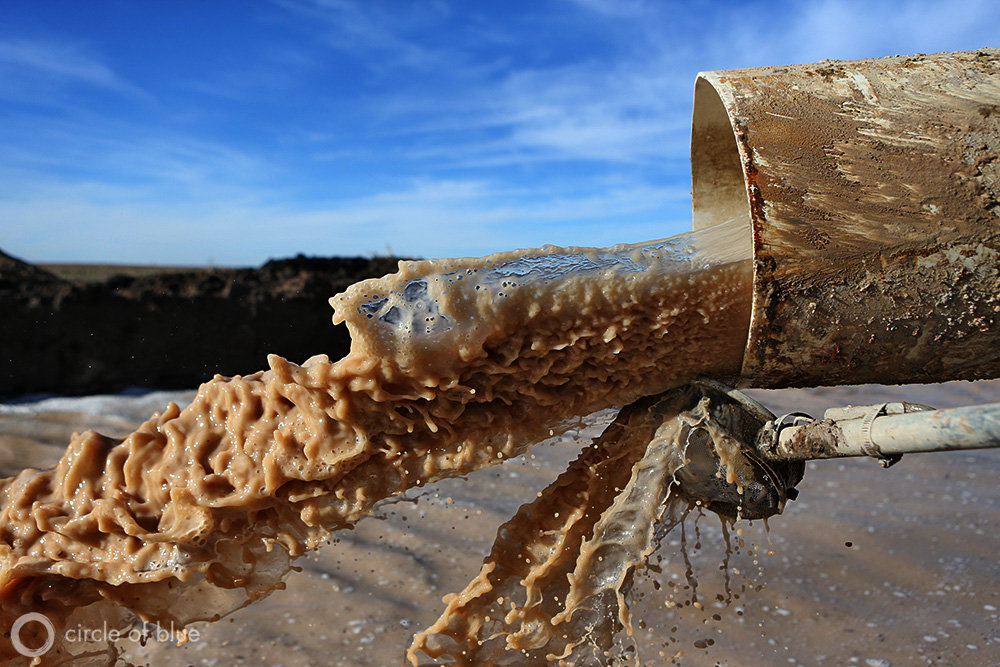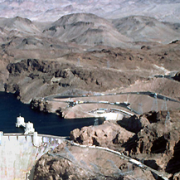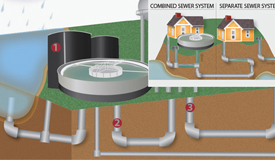Failed Ballot Measure Is Setback for Ogallala Water Conservation in Western Kansas
A plan to reduce water use by 20 percent was voted down last week.

By Brett Walton
Circle of Blue
By a wide margin, farmers in five western Kansas counties rejected last week a set of rules designed to conserve the Ogallala Aquifer, a finite and shrinking resource that is the region’s primary water supply.
To pass, the measure needed the support of two-thirds of voters, but only 48 percent approved it. No individual county surpassed the 67 percent threshold, though Wichita County — which uses the least water per acre of the five counties — fell just four votes short. The measure was most ardently opposed in Wallace County, where water use per acre is the highest.
The five counties are all part of the Western Kansas Groundwater Management District (GMD), which sought to be the largest jurisdiction in the state to adopt a groundwater conservation plan based on a 2012 law signed by Governor Sam Brownback (R). The law established a special form of water regulation called a local enhanced management area, or LEMA, in which local districts craft and endorse a water diet. Once approved, the plan has legal force, with penalties and oversight.
Water conservation is an urgent matter in the Great Plains. The Ogallala sustains a $US 30 billion farm and livestock economy, but farmers pull far more water out of the aquifer each year than filters into the ground. In some areas, including western Kansas, only a few decades of usable water remain. In the Western Kansas GMD, groundwater levels have dropped an average of nearly 27.4 meters (90 feet) since the 1950s.
A Kansas State University study published in August 2013 found that farm production would be greater over the next century if farmers started cutting water use today as much as 20 percent.
Governor Brownback has repeatedly described the Ogallala as “vital to the Kansas economy.” Protecting the aquifer is a top priority for a 50-year state water plan, which is now being developed.
Voted Down
The Western Kansas GMD conservation plan called for a 20 percent reduction in water use by farmers, who hold 97 percent of the water rights in the district. Towns, livestock operators, and industries were exempt from the restrictions, as were the roughly 140 people who hold water rights that were issued before 1945 and those who were already using water sparingly, so the total reduction in pumping would have been less than than 20 percent. The cuts would have been based on actual water use between 2008 and 2012.
Last year, farmers in Sheridan County in northwest Kansas were the first to create such a plan. Their goal was to cut the amount of water pumped from the aquifer by 20 percent through 2017.
Jan King, general manager of the Western Kansas GMD, was disappointed by the election results but also optimistic that a viable plan will eventually emerge.
“I don’t think it failed,” King told Circle of Blue. “It was a good educational process. The people learned a lot about their water rights. We’ll just use this as a basis for further development of a plan.”
King offered several reasons as to why the measure did not pass. One was the voting procedure, which gave each owner of a water right a single vote. Some of those who held multiple water rights wanted multiple votes, she said. King had heard secondhand that bad information about the voting process was circulating at community meetings in Wallace County, where the measure was walloped. Others were concerned that no sacrifice had to be made by those who were already using comparatively little water.
Another reason is that the vote may have happened a few months too soon. The state is developing a groundwater model for the district to show farmers how much longer water in the aquifer will last under different scenarios. The model would reveal — in hard numbers — the local benefits of conservation, Lane Letourneau of the Kansas Division of Water Resources told Circle of Blue.
“I’ve got a lot of faith in our water users,” said Letourneau, echoing King’s thoughts. “In this process, they learned a lot about their aquifer. I think if the district comes back with another proposal, it will be better received.”
Arla Peter, a district board member, had no comment and told Circle of Blue that the five-member board had not yet decided on an official statement.
The district began discussing a LEMA in October 2012. Its members considered a range of conservation options, from 10 percent to 30 percent.
King said that the district will learn from this experience as they return to the drawing board to tweak the plan’s design. She was not sure what those changes would be.
“I feel positive about the effort,” King said. “This is a springboard to figure out the best way to go for the future.”
Read more about the high expectations for the plan here: Kansas Water District Votes on Ogallala Conservation Plan from June 12, 2014.
Brett writes about agriculture, energy, infrastructure, and the politics and economics of water in the United States. He also writes the Federal Water Tap, Circle of Blue’s weekly digest of U.S. government water news. He is the winner of two Society of Environmental Journalists reporting awards, one of the top honors in American environmental journalism: first place for explanatory reporting for a series on septic system pollution in the United States(2016) and third place for beat reporting in a small market (2014). He received the Sierra Club’s Distinguished Service Award in 2018. Brett lives in Seattle, where he hikes the mountains and bakes pies. Contact Brett Walton







Kansas knows that climate change is a hoax.